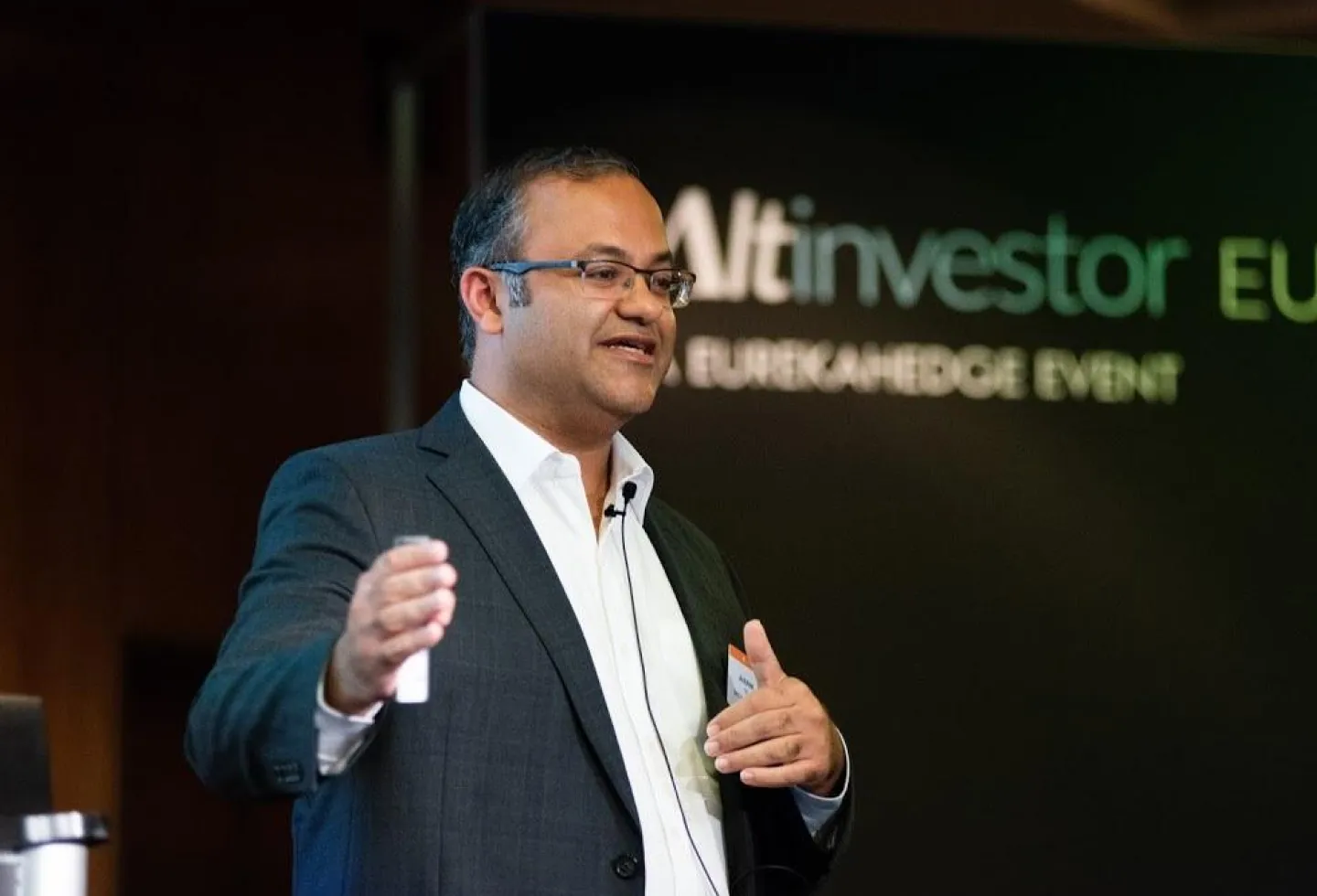For the leadership team at Vaibe, keeping employees engaged was becoming a battle. Despite flexible work policies and top-tier benefits, they noticed motivation and productivity slipping across the organization.
Key talent began leaving for positions at hip tech startups offering things like free lunches and ping pong tables.
Those who remained seemed increasingly disconnected from company goals and disengaged from their day-to-day responsibilities.
At an off-site strategy session, Tiago Sottomayor realized they needed more than cosmetic perks.
With backgrounds at companies like Google, he knew first-hand the power of tapping into employees’ intrinsic motivations through gameplay and friendly competition.
If they could leverage these techniques properly at Vaibe, he saw an opportunity to completely reinvigorate their culture and performance.
Vaibe
Vaibe is a gamification B2B SaaS startup founded in early 2023.
It currently employs about 33 people across various departments, including engineering, product, marketing, sales, and customer service, with a diverse workforce from Portugal and globally.
The company operates on a fully remote work model.
According to Tiago, Vaibe has secured customers across the U.S., Canada, Portugal, Germany, and France, with multi-year contracts. The startup has successfully engaged more than 12,000 users in employee engagement initiatives
Employee engagement continues to pose a major challenge for companies around the world. According to Gallup’s State of the Global Workplace: 2023 Report, employee engagement reached a record high of 23% worldwide in 2022
The rest described themselves as neutral or even disengaged. This lack of engagement takes a real toll – disengaged employees are more likely to miss work, make mistakes, or leave their jobs altogether.
Tiago Sottomayor, Head of People at Vaibe, experienced these engagement struggles firsthand. Vaibe, a fast-growing tech startup based in Portugal, depended on innovation and collaboration to succeed.
But he noticed a disconnect – employees seemed bored, isolated, and reluctant to voice ideas. He knew something had to change to reignite engagement.
Rather than turn to traditional solutions, he decided to get creative.
He began researching innovations in human resources technology and came across the concept of gamification – using game design elements in non-game contexts.
Intrigued by its potential, Tiago wondered if it could be the key to boosting productivity, collaboration, and passion at Vaibe.
Engagement Crisis
Employee engagement has been on a downward trend in recent years.
Multiple studies have shown that employee engagement levels have declined, with only about one-third of employees reporting that they are actively engaged at work.
This lack of engagement has significant consequences. Disengaged employees tend to have higher absenteeism, are more likely to leave their jobs, and are less productive overall.
Companies with low engagement scores have substantially higher voluntary turnover rates, which can be extremely costly in terms of recruiting, hiring, and training new employees.
Low engagement also directly translates to losses in productivity, innovation, and ultimately revenue.
The evolving values and priorities of younger demographics, more focus on finding meaning and purpose at work, and changes driven by remote and hybrid work models have all contributed to the decline.
Organizations have struggled to adapt their cultures, leadership approaches, and talent practices to keep up.
As a result, innovations and out-of-the-box solutions are required to re-engage employees.
Gamification has emerged as one of the most promising methods to inject fun, recognition, and healthy competition into the workplace – critical factors that influence engagement, motivation, and performance.
As more companies experiment with gamification, the results make a compelling case for its wider adoption.
The Innovation: Gamification
Gamification refers to the use of game design elements in non-game contexts.
It involves applying things like points, badges, leaderboards, and friendly competition to drive engagement with products, services, and activities.
When it comes to employee engagement, gamification techniques can be extremely effective.
For example, companies may have leaderboards displaying top sales performers to motivate staff.
Badges can be awarded for completing training modules or reaching other milestones.
Employees can collect points for participation and collaboration which can then be redeemed for small rewards.
There are also possibilities for more elaborate games allowing employees to level up their avatars, unlock new skills, accrue virtual goods, or even manage simulated projects.
The right strategies can boost morale, motivation, productivity, and results. A little friendly competition gives employees something engaging to rally behind beyond just the bottom line.
Solution of Tiago Sottomayor at Vaibe
Tiago brought his gamification expertise to Vaibe, a company focused on corporate learning and talent development. He saw an opportunity to boost lagging employee engagement numbers through gaming techniques.
Tiago introduced a gamified onboarding process to immerse new hires in Vaibe’s mission and values.
By completing video courses and quizzes, they could earn badges and unlock abilities. This motivated faster onboarding completion rates.
Within a year of rolling out Tiago’s gamification initiatives, vaibe reported a 12% bump in employee engagement scores.
Productivity rose by over 15% as workers embraced friendly competition and meaningful rewards driving business outcomes.
Tiago’s solutions demonstrated how gamification prompts positive behavioral change through motivation versus mandate.
His success at Vaibe sparked further adoption across customers seeking to ignite workforce engagement.
Key Takeaways from Employee-Engagement via Gamification
Gamification provides a powerful way for organizations to boost employee engagement. As demonstrated by Tiago Sottomayor’s success at Vaibe, applying game design elements in the workplace can motivate employees, enhance productivity, and improve talent retention.
There are several top lessons readers can take away from this case study:
- Employee engagement needs to be an ongoing priority. Relying solely on outdated perks and programs leads to declining morale and higher turnover over time. Companies must continually innovate.
- Gamification allows employees to have more fun at work while still driving serious business results. The techniques trigger our innate desires for recognition, rewards, healthy competition, and meaning.
- Execution is key. Gamification only works when carefully tailored to your culture and strategic objectives. It requires buy-in across the organization plus thoughtful design of the gaming elements.
- The data doesn’t lie. Tiago only scaled his gamified initiatives after seeing measurable lifts in collaboration, wellness, and performance. The growth metrics proved this was working.
Gamification is not just hype – it’s a methodology backed by psychology and proven outcomes.
The success at Vaibe demonstrates the competitive advantage gamification can unlock.



